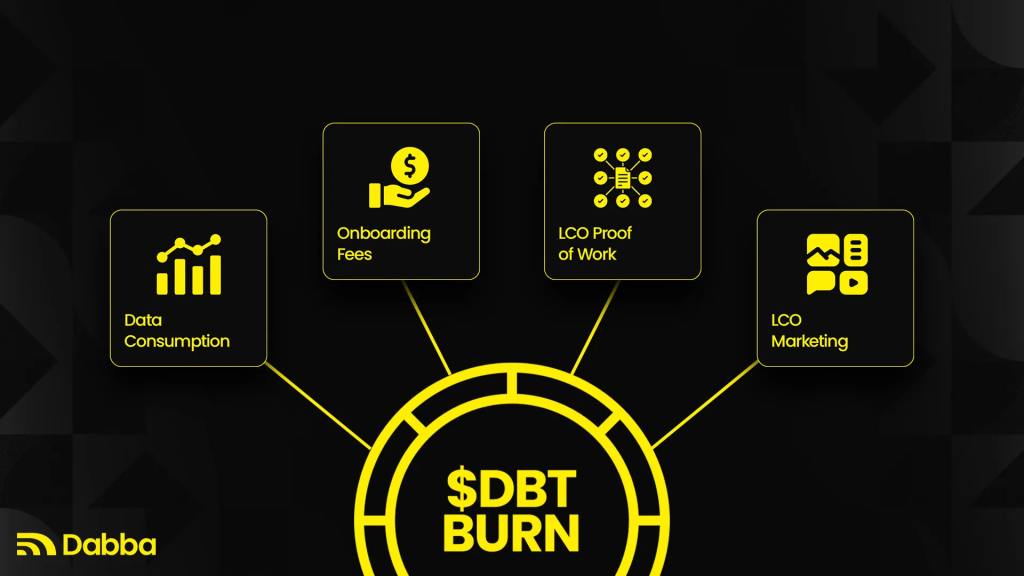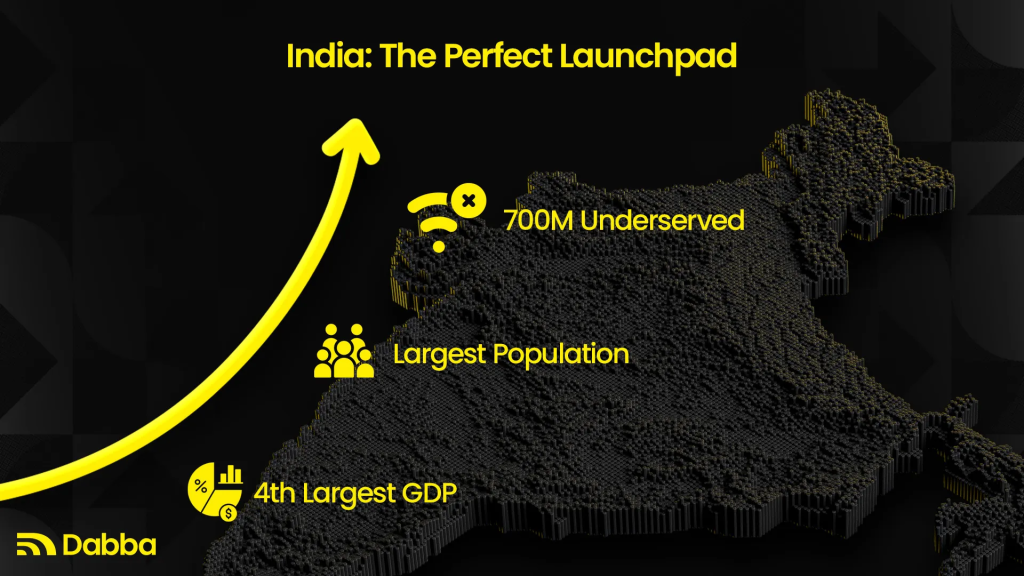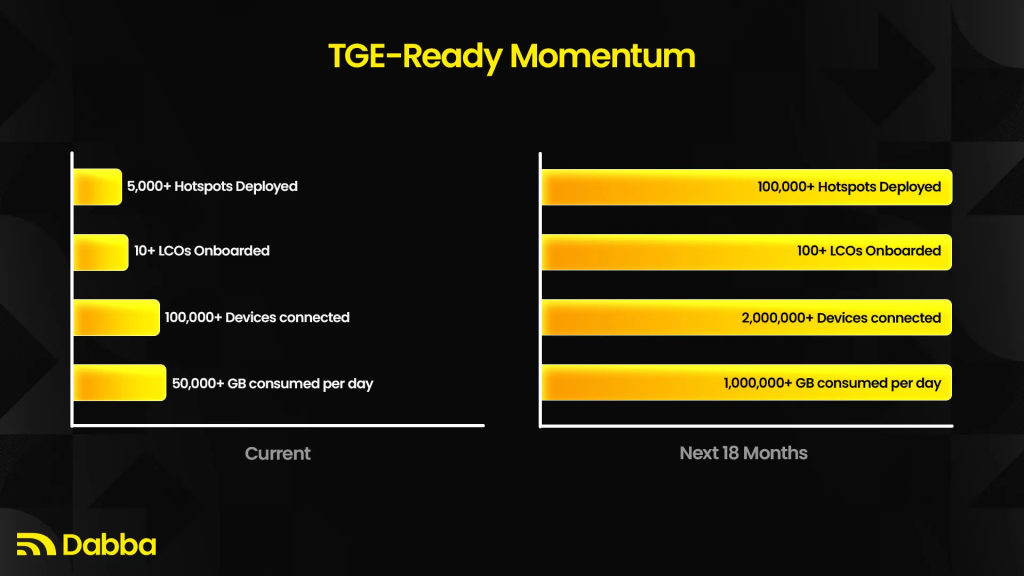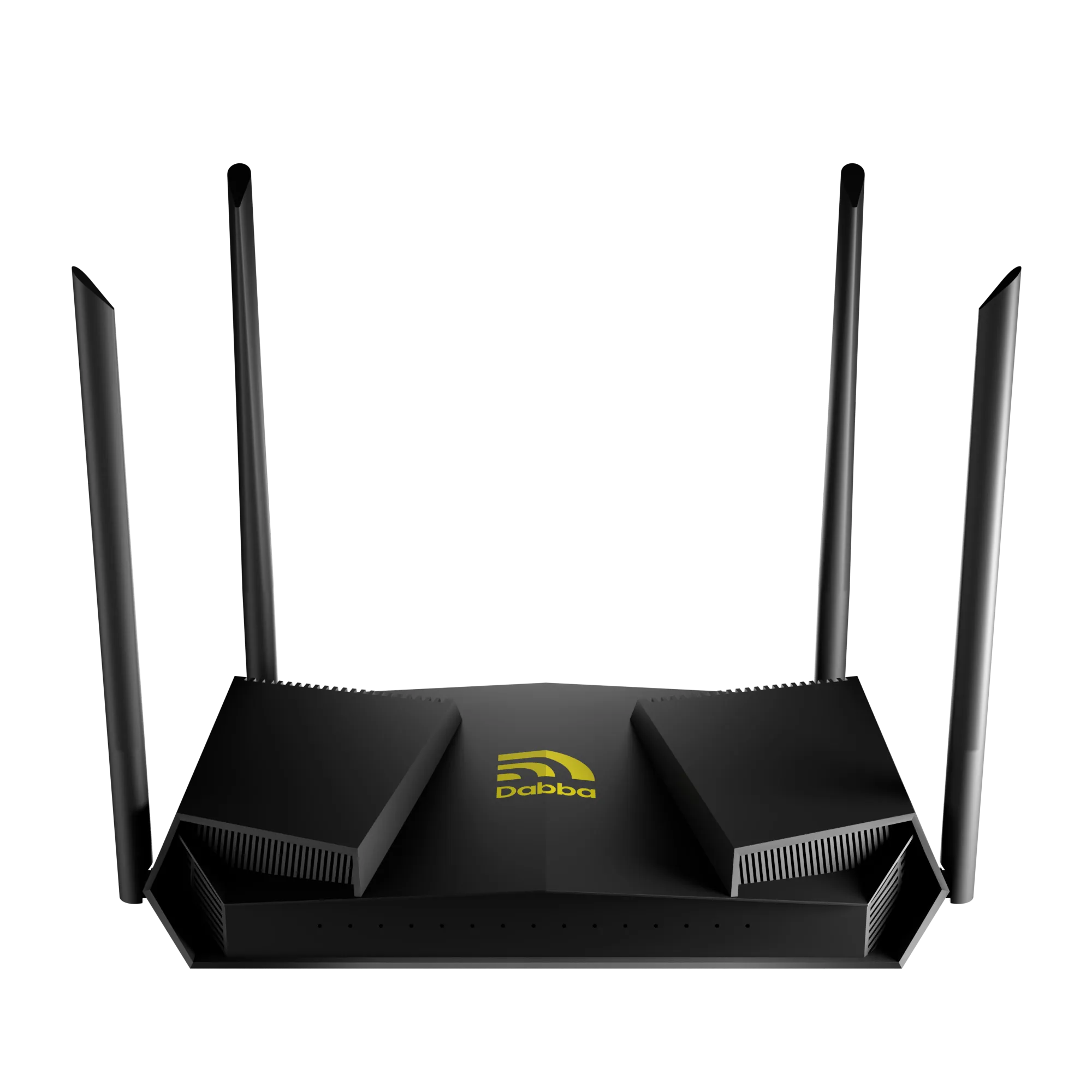As we gear up for our Token Generation Event (TGE), we’re opening the doors to everything we’ve been building — with complete transparency. Today, we’re excited to share the Dabba Public Data Room, a comprehensive and open resource for all current and future stakeholders of the Dabba Network.
Get access to Dabba Data Room here: Dabba Data Room
This data room brings together the most critical components of the Dabba ecosystem in one accessible place: from infrastructure deployments and network economics to token burn mechanics and long-term growth projections. Whether you’re a tokenholder, hotspot owner, DePIN researcher, investor, or simply curious about what we’re building, this resource provides you with a clear, data-driven view of our progress and future roadmap.
We believe transparency isn’t just good practice — it’s foundational to building trust in decentralized networks. This release reflects the work happening behind the scenes as we scale operations, drive usage, and prepare to bring real-world bandwidth on-chain.
While the Dabba Public Data Room provides a structured, in-depth repository of metrics, models, and mechanics across the entire ecosystem, this blog distills the big picture for you. From how Dabba builds last-mile internet infrastructure and enables real-world utility, to the economics behind DBT — including token burn mechanics, usage-based rewards, and our vision for a demand-driven DePIN — we cover everything you need to understand how Dabba works, why it matters, and what sets it apart.
What Does Dabba Do?
1. Builds Wi-Fi Infrastructure from Scratch
- Deploys physical hardware: routers, fiber optic cables, and wireless access points.
- Local, boots-on-the-ground teams handle the full stack of deployment & management — including trenching, cabling, and installation.
- Operates in underserved areas where no connectivity options exist.

2. Enables Sponsored Internet Access
- Anyone from around the world can sponsor a Dabba hotspot.
- Sponsored hotspots are deployed to end consumer locations, serving real time data demand.
- Hotspot owners earn $DBT based on actual network usage and uptime.

3. Runs a Real Web2 Business — Not Just a Crypto Protocol
- Dabba already powers thousands of active internet connections.
- It previously ran parts of Google Wi-Fi, demonstrating large-scale operational capability.
- Every deployment services real, paying users — zero idle infrastructure.
4. Provides Base Layer Infra for Other DePINs
- Other DePINs often require connectivity to function — Dabba provides it.
- Serves as a host network for hardware like WeatherXM’s weather stations.
- Acts as a universal gateway to real-world crypto infrastructure.
5. Bootstraps with Demand, Not Tokens
- Deployments happen only where real customer demand exists i.e customers must pay in order to access the network.
- Hotspots are revenue-generating from Day 1.
- Crypto accelerates growth, but doesn’t subsidize or distort it.
Dabba is crypto-native in backend mechanics, Web2-native in business fundamentals — a rare and powerful combination.
The Token Model: Real Usage → Real Demand → Real Burn
- Fiat payments for internet access are algorithmically converted into DBT.
- These tokens are burned on-chain, reducing circulating supply.
- All burn occurs via smart contract — verifiable, deflationary, and protocol-enforced.
- Demand = Burn; usage directly increases token value.
DBT becomes a bandwidth-backed digital commodity, tied to cash flows.

Tokenomics: Utility by Design, Scarcity by Default
- Total Supply: 10B DBT
- Burn: DBT tokens are burned in several scenarios, including:
- Data Consumption: Users purchase Data Credits (DC) to access the internet, which are created by burning DBT. Each DC equals 1 GB of data priced at $0.012.
- Onboarding Fees: Activating a hotspot requires burning $20 worth of DBT.
- Access to Premium Features: Utilizing advanced services and features leads to additional token burns.
- Advertising and Merchandise: Payments for advertising and merchandise in DBT result in token burns.
- Software Subscriptions and Platform Fees: Subscribing to services or paying platform fees in DBT contributes to token burning.
- Utility:
- Bandwidth access
- Staking mechanisms (at TGE)
- Protocol-level fee settlements
DBT is positioned as a crypto-native bandwidth commodity, where usage = deflation = value accrual.
Learn more about Dabba Tokenomics here: Dabba Tokenomics Summary
The Flywheel: Demand-Driven DePIN
Dabba’s core loop is designed to accelerate itself:
- More hotspots → more user access
- More users → more fiat revenue
- More fiat → more DBT bought and burned
- Lower supply → upward price pressure
- Higher price → better incentives for operators
- Loop restarts
Dabba doesn’t depend on “token go up” narratives — it grows with real economic activity.

Why Dabba’s DePIN Design Stands Out
While other DePIN projects face:
- High emissions
- Weak usage
- Token-centric growth
Dabba delivers:
- Real deployments (16,000+ hotspots at TGE)
- Fiat-native, crypto-settled infrastructure
- Transparent, deflationary economics
- Seamless UX: users stay in fiat, protocol captures value in crypto
Every rupee spent by users becomes an automated DBT buy-and-burn order.
India: The Perfect Launchpad
- 1.4B population, 700M+ underserved
- ARPU: $7/user/month
- Churn: <1%
India offers massive upside, paired with low cost of deployment and high unit economics.

Onboarding Millions into Web3 through Chain Abstraction
Dabba’s architecture abstracts away Web3 complexity, making onboarding seamless for non-crypto users.
Who Comes On-Chain?
- Local Cable Operators (LCOs), backhaul providers, hardware manufacturers: Deployment and ops partners earning on-chain rewards.
- Location Owners: Shopkeepers, households, local vendors — often Web3 first-timers.
Chain Abstraction in Action:
- Incentives earned directly as DBT earnings for uptime and usage.
- End users care primarily about reliable internet, not crypto — and Dabba meets both.
“Dabba is onboarding a new demographic into Web3: practically and impact-focused.”
TGE-Ready Momentum
Dabba is strategically positioned for a successful Token Generation Event (TGE), with years of infrastructure and user growth behind it.
Current Network Stats:
- 5,000+ hotspots live Across India
- 10 LCOs onboarded to scale deployments nationwide
- 100,000+ daily connected devices
- 100,000+ GB consumed per day
- 12,000+ hotspots sold globally across 60+ countries
Projected Impact (Next 18 Months):
- 100,000+ hotspots deployed
- 500,000+ Indians connected
- 687M+ GB consumed
- $5M+ DBT burned
- 100,000+ first-time Web3 participants onboarded

Genesis Participation: Strategic Early Support
Anyone can participate globally by purchasing a Dabba hotspot, with early supporters rewarded meaningfully.
Genesis Rewards:
- Hotspot purchases come with generous pre-TGE incentives.
- Genesis rewards are convertible 1:1 to DBT at TGE.
- Designed to reward participants who actively expand the network.
“Aligned incentives from the start — growth is rewarded, not just capital.”
Why Dabba Stands Apart
- Real-world usage, not just theoretical models.
- Burn-based tokenomics aligned with a high demand service.
- Verifiable crypto settlement, with fiat-native demand.
- Decentralized but operationally mature.
- Clear, scalable path to revenue and adoption.
Closing Remarks: Bandwidth as a Tokenized Asset
Dabba is redefining how connectivity infrastructure can be deployed, monetized, and tokenized. Through a model that ties fiat cash flow to on-chain value capture, Dabba transforms bandwidth into a scarce, yield-bearing digital asset.
This is a DePIN protocol with real legs: revenue-generating, growth-ready, and crypto-native at the core — with the potential to onboard millions into Web3, one Wi-Fi connection at a time.
Disclaimer
This blog post is for informational purposes only and does not constitute financial, investment, or trading advice. The content may include forward-looking statements. The projections are based on network stats over the last 12 months. Actual outcomes may differ materially. Readers should do their own research and consult a licensed financial advisor before making any investment decisions.
